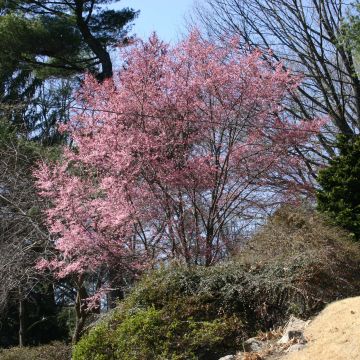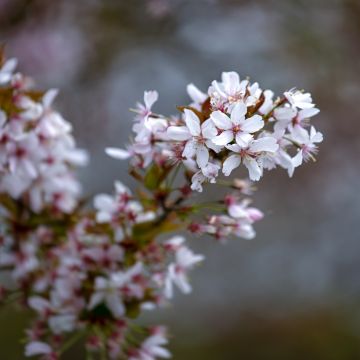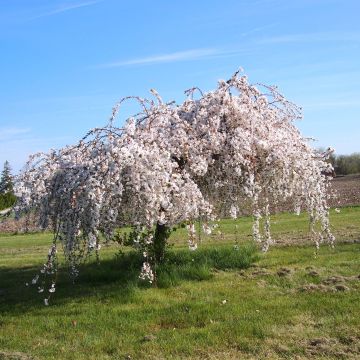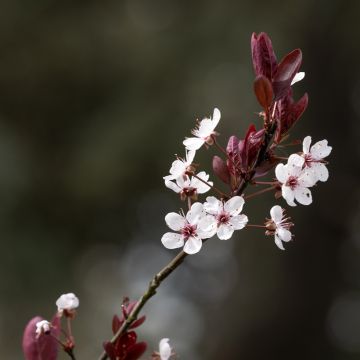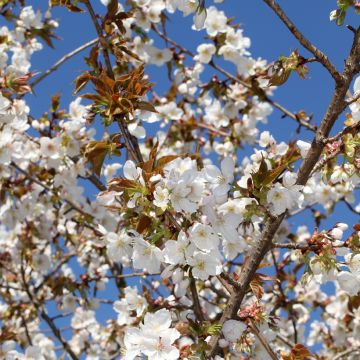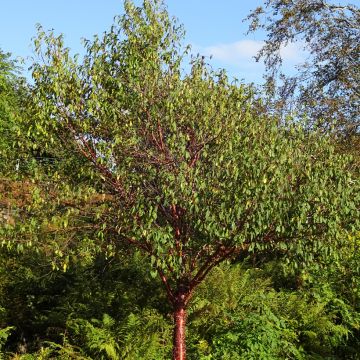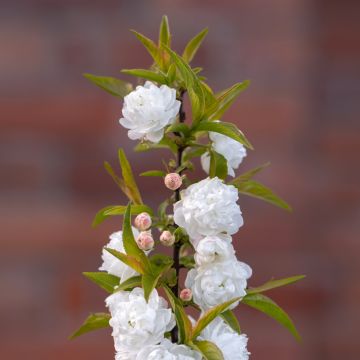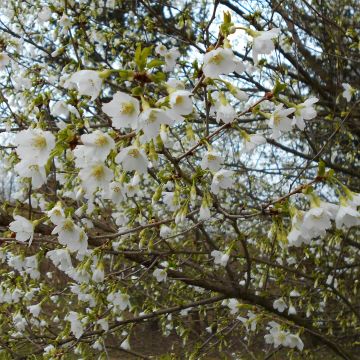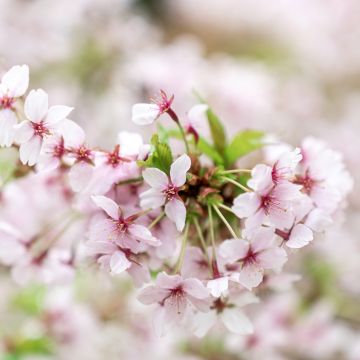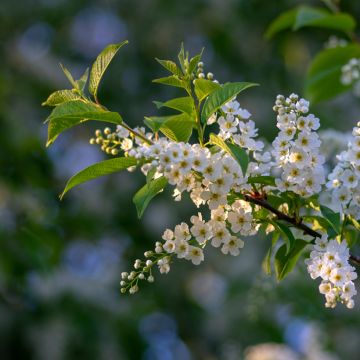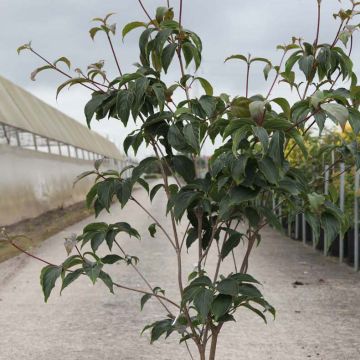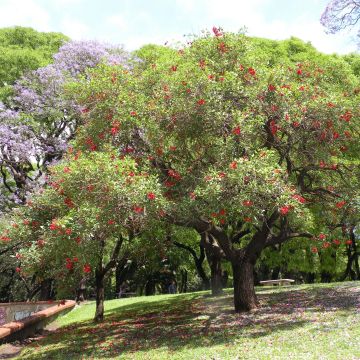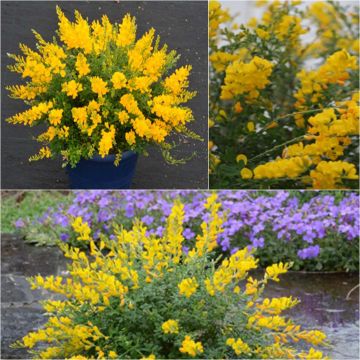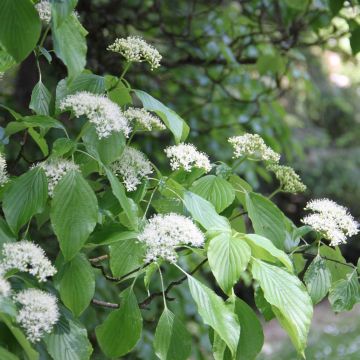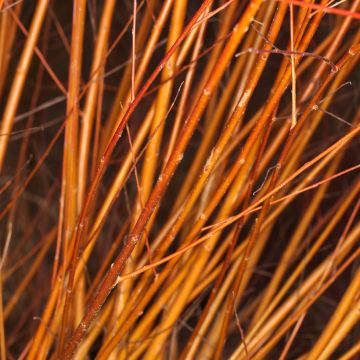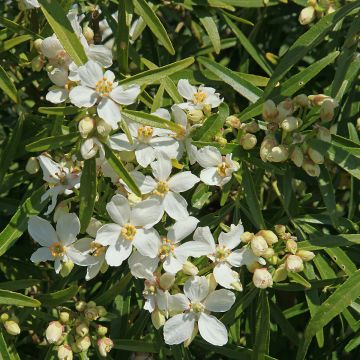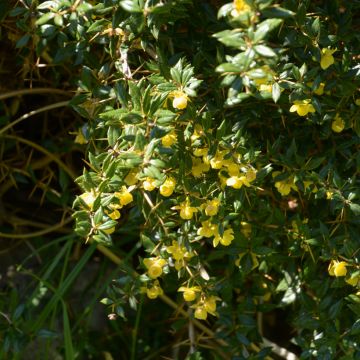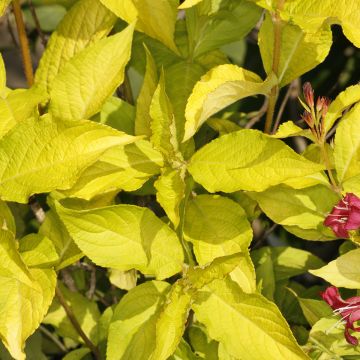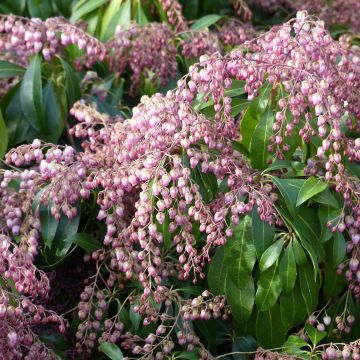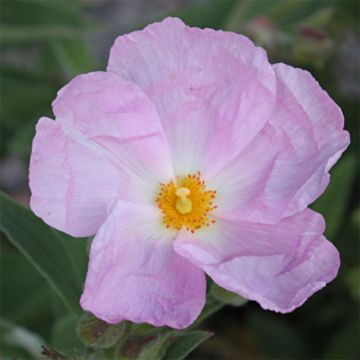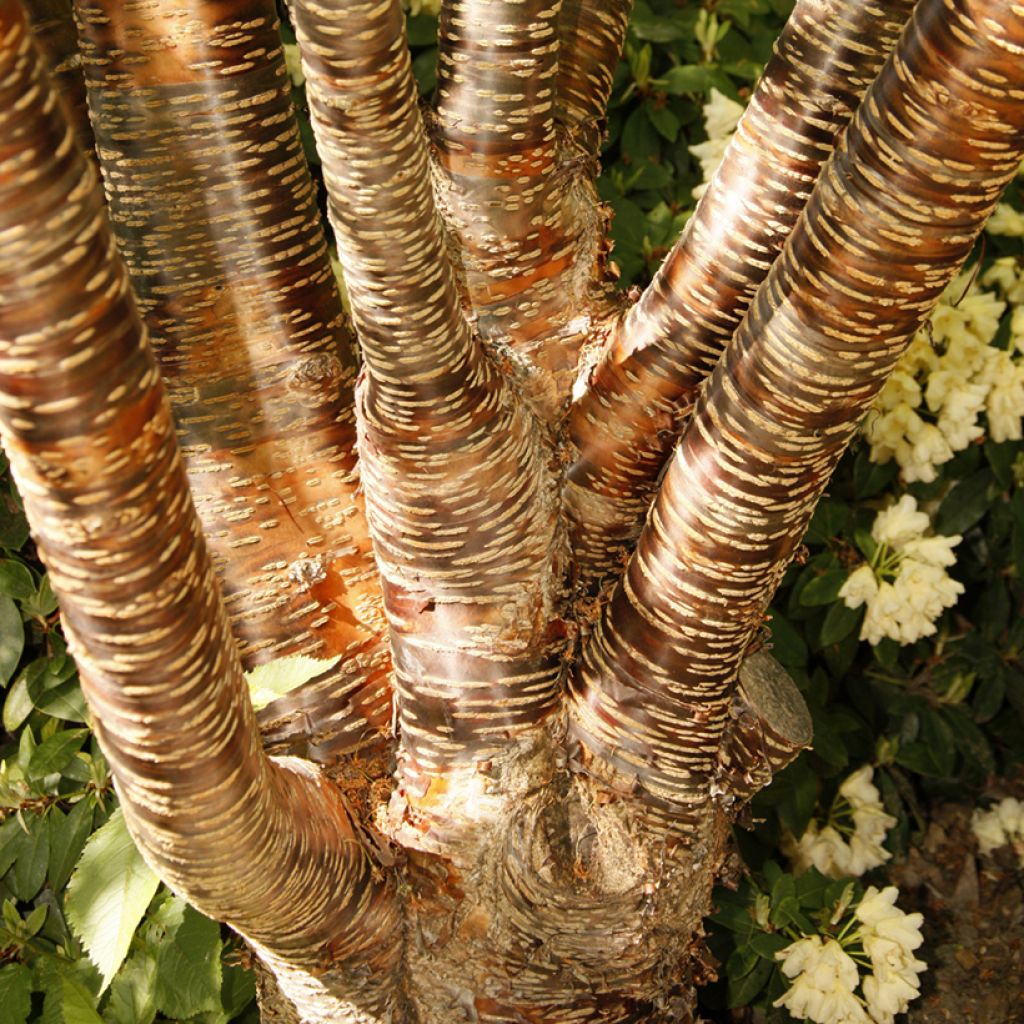

Prunus rufa - Himalayan cherry
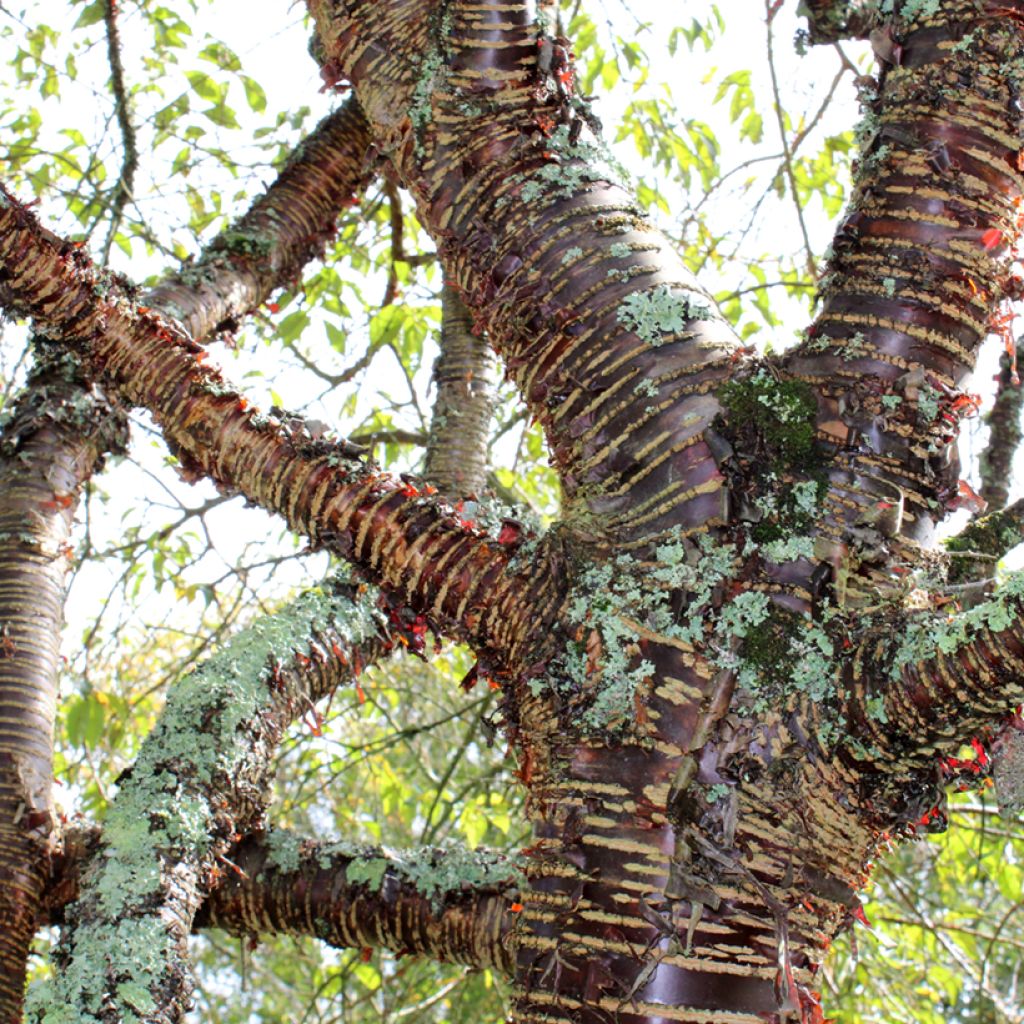

Prunus rufa - Himalayan cherry
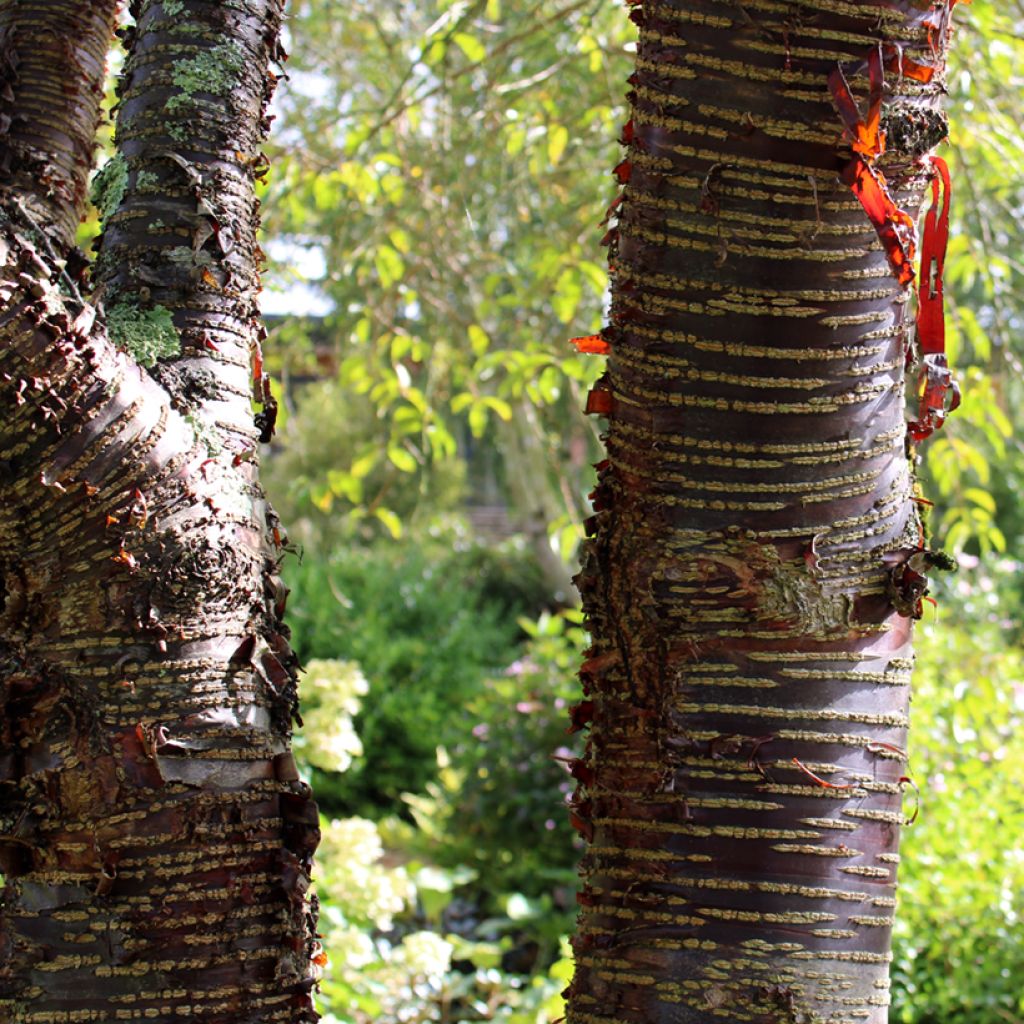

Prunus rufa - Himalayan cherry
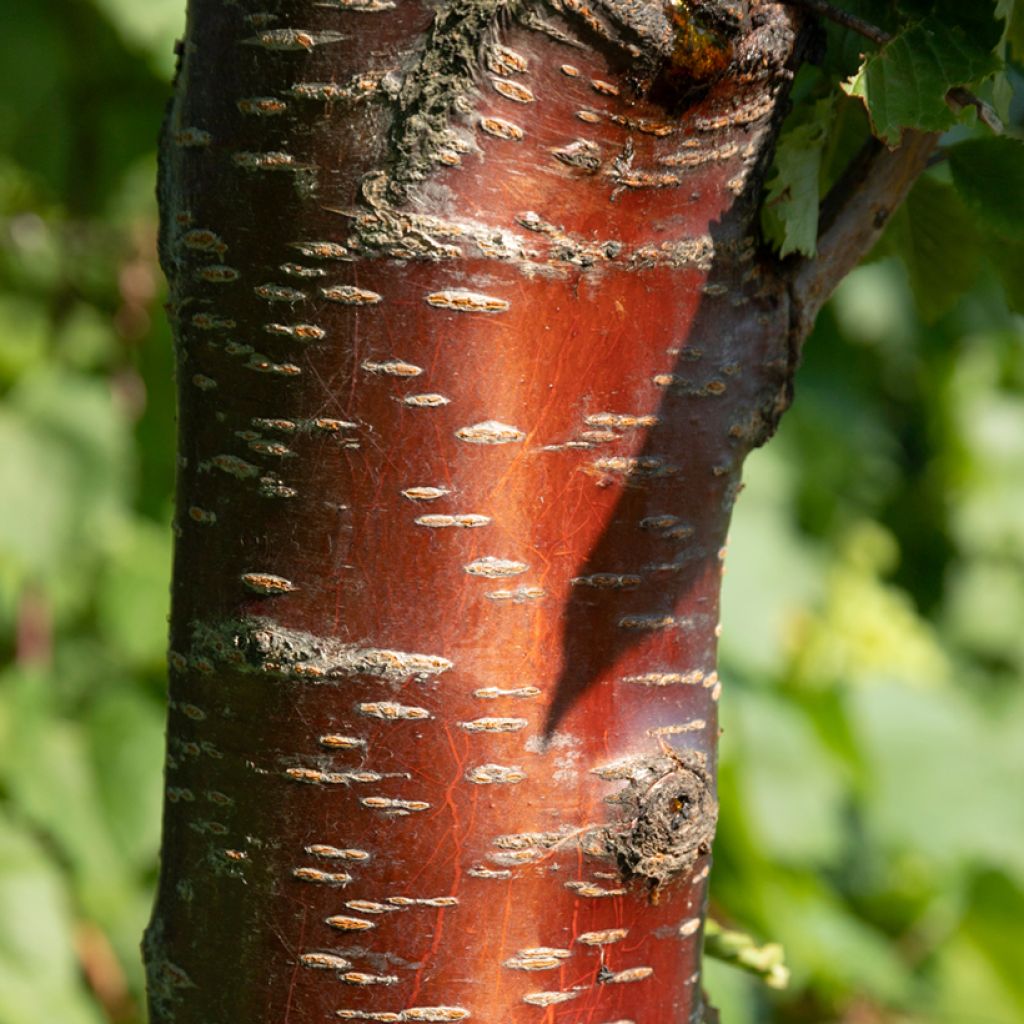

Prunus rufa - Himalayan cherry
Prunus rufa - Himalayan cherry
Prunus rufa
Himalayan cherry, Tibetan cherry, Flowering cherry tree, Ornemental Cherry tree
This item cannot be shipped to the selected country
Oversize package delivery charge from €6.90
Delivery to Corse prohibited
More information
Schedule delivery date,
and select date in basket
This plant carries a 24 months recovery warranty
More information
We guarantee the quality of our plants for a full growing cycle, and will replace at our expense any plant that fails to recover under normal climatic and planting conditions.
Oversize package: home delivery by special carrier from €6.90 per order..
Express home delivery from €8.90.
Delivery to Corse prohibited: UE law prohibits the import of this plant from mainland France to Corse as part of the fight against Xylella fastidiosa. Please accept our sincere apologies.
More information
Does this plant fit my garden?
Set up your Plantfit profile →
Description
Prunus rufa, or Himalayan Cherry, is a small tree, rare in cultivation, valued for its shiny, reddish-brown amber coloured bark with rings, that peels off in flakes. It is during winter that its presence is most appreciated in the garden, when foliage and flowers are scarce. Unusually, its young branches are covered in a rusty fuzz. Its pale pink spring flowers are quite discreet, and its deciduous foliage is fairly ordinary. A hardy and easy-to-grow collector's plant in any well-drained soil.
Native to the mountainous regions of the Himalayas, specifically Nepal and Myanmar, Prunus rufa belongs to the Rosaceae family. In nature, it grows up to an altitude of 3,925 metres. It was introduced to Kew around 1897. This moderately growing tree typically reaches a height of 8 to 10 metres and spreads over a width of 4 to 6 metres. It often produces multiple trunks or a single trunk, branching very low, which allows you to admire its original bark. Its bark is smooth and shiny, a dark reddish-brown with amber highlights, and is dotted with prominent lenticels and slightly flakes with age. Its branches have an elegant and slightly rounded habit. Its young branches are densely covered in reddish-brown fuzz. Its deciduous foliage develops in spring, usually after flowering, and falls in autumn. It consists of narrowly ovate, finely toothed leaves measuring 5 to 10 cm in length. Each tooth is tipped with an oval gland. It flowers in late April or early May with small pale pink flowers, 1.3 cm in diameter, hanging in pairs or more. They bloom on the previous year's branches. Each flower is composed of five petals surrounding prominent yellow stamens. It is a nectar-rich and honey-producing flowering. Although Prunus rufa produces fruits in the form of small fleshy red drupes, they are rarely used in cooking, but they add an additional decorative touch to the tree in summer.
Perhaps more curious than truly decorative, Prunus rufa is particularly interesting in winter when it reveals its astonishing bark. This easy to grow, Himalayan cherry has great hardiness and tolerates drought well. It is often grown in coppices and is mainly used as a standalone specimen. At its base, you can plant Japanese Forest Grass, Black Ophiopogon, or Siberian Bugloss (Brunneras).
Report an error about the product description
Plant habit
Flowering
Foliage
Botanical data
Prunus
rufa
Rosaceae
Himalayan cherry, Tibetan cherry, Flowering cherry tree, Ornemental Cherry tree
Himalayas
Other Prunus
Planting and care
Plant the Himalayan Cherry in full sun, in any well-draining soil to avoid the risk of root asphyxiation. It is a accommodating tree that tolerates limestone and clay as well as rocky terrain. Once well-rooted, it tolerates dry summers quite well.
Planting period
Intended location
Care
This item has not been reviewed yet - be the first to leave a review about it.
Spring-flowering shrubs
Haven't found what you were looking for?
Hardiness is the lowest winter temperature a plant can endure without suffering serious damage or even dying. However, hardiness is affected by location (a sheltered area, such as a patio), protection (winter cover) and soil type (hardiness is improved by well-drained soil).

Photo Sharing Terms & Conditions
In order to encourage gardeners to interact and share their experiences, Promesse de fleurs offers various media enabling content to be uploaded onto its Site - in particular via the ‘Photo sharing’ module.
The User agrees to refrain from:
- Posting any content that is illegal, prejudicial, insulting, racist, inciteful to hatred, revisionist, contrary to public decency, that infringes on privacy or on the privacy rights of third parties, in particular the publicity rights of persons and goods, intellectual property rights, or the right to privacy.
- Submitting content on behalf of a third party;
- Impersonate the identity of a third party and/or publish any personal information about a third party;
In general, the User undertakes to refrain from any unethical behaviour.
All Content (in particular text, comments, files, images, photos, videos, creative works, etc.), which may be subject to property or intellectual property rights, image or other private rights, shall remain the property of the User, subject to the limited rights granted by the terms of the licence granted by Promesse de fleurs as stated below. Users are at liberty to publish or not to publish such Content on the Site, notably via the ‘Photo Sharing’ facility, and accept that this Content shall be made public and freely accessible, notably on the Internet.
Users further acknowledge, undertake to have ,and guarantee that they hold all necessary rights and permissions to publish such material on the Site, in particular with regard to the legislation in force pertaining to any privacy, property, intellectual property, image, or contractual rights, or rights of any other nature. By publishing such Content on the Site, Users acknowledge accepting full liability as publishers of the Content within the meaning of the law, and grant Promesse de fleurs, free of charge, an inclusive, worldwide licence for the said Content for the entire duration of its publication, including all reproduction, representation, up/downloading, displaying, performing, transmission, and storage rights.
Users also grant permission for their name to be linked to the Content and accept that this link may not always be made available.
By engaging in posting material, Users consent to their Content becoming automatically accessible on the Internet, in particular on other sites and/or blogs and/or web pages of the Promesse de fleurs site, including in particular social pages and the Promesse de fleurs catalogue.
Users may secure the removal of entrusted content free of charge by issuing a simple request via our contact form.
The flowering period indicated on our website applies to countries and regions located in USDA zone 8 (France, the United Kingdom, Ireland, the Netherlands, etc.)
It will vary according to where you live:
- In zones 9 to 10 (Italy, Spain, Greece, etc.), flowering will occur about 2 to 4 weeks earlier.
- In zones 6 to 7 (Germany, Poland, Slovenia, and lower mountainous regions), flowering will be delayed by 2 to 3 weeks.
- In zone 5 (Central Europe, Scandinavia), blooming will be delayed by 3 to 5 weeks.
In temperate climates, pruning of spring-flowering shrubs (forsythia, spireas, etc.) should be done just after flowering.
Pruning of summer-flowering shrubs (Indian Lilac, Perovskia, etc.) can be done in winter or spring.
In cold regions as well as with frost-sensitive plants, avoid pruning too early when severe frosts may still occur.
The planting period indicated on our website applies to countries and regions located in USDA zone 8 (France, United Kingdom, Ireland, Netherlands).
It will vary according to where you live:
- In Mediterranean zones (Marseille, Madrid, Milan, etc.), autumn and winter are the best planting periods.
- In continental zones (Strasbourg, Munich, Vienna, etc.), delay planting by 2 to 3 weeks in spring and bring it forward by 2 to 4 weeks in autumn.
- In mountainous regions (the Alps, Pyrenees, Carpathians, etc.), it is best to plant in late spring (May-June) or late summer (August-September).
The harvesting period indicated on our website applies to countries and regions in USDA zone 8 (France, England, Ireland, the Netherlands).
In colder areas (Scandinavia, Poland, Austria...) fruit and vegetable harvests are likely to be delayed by 3-4 weeks.
In warmer areas (Italy, Spain, Greece, etc.), harvesting will probably take place earlier, depending on weather conditions.
The sowing periods indicated on our website apply to countries and regions within USDA Zone 8 (France, UK, Ireland, Netherlands).
In colder areas (Scandinavia, Poland, Austria...), delay any outdoor sowing by 3-4 weeks, or sow under glass.
In warmer climes (Italy, Spain, Greece, etc.), bring outdoor sowing forward by a few weeks.

































